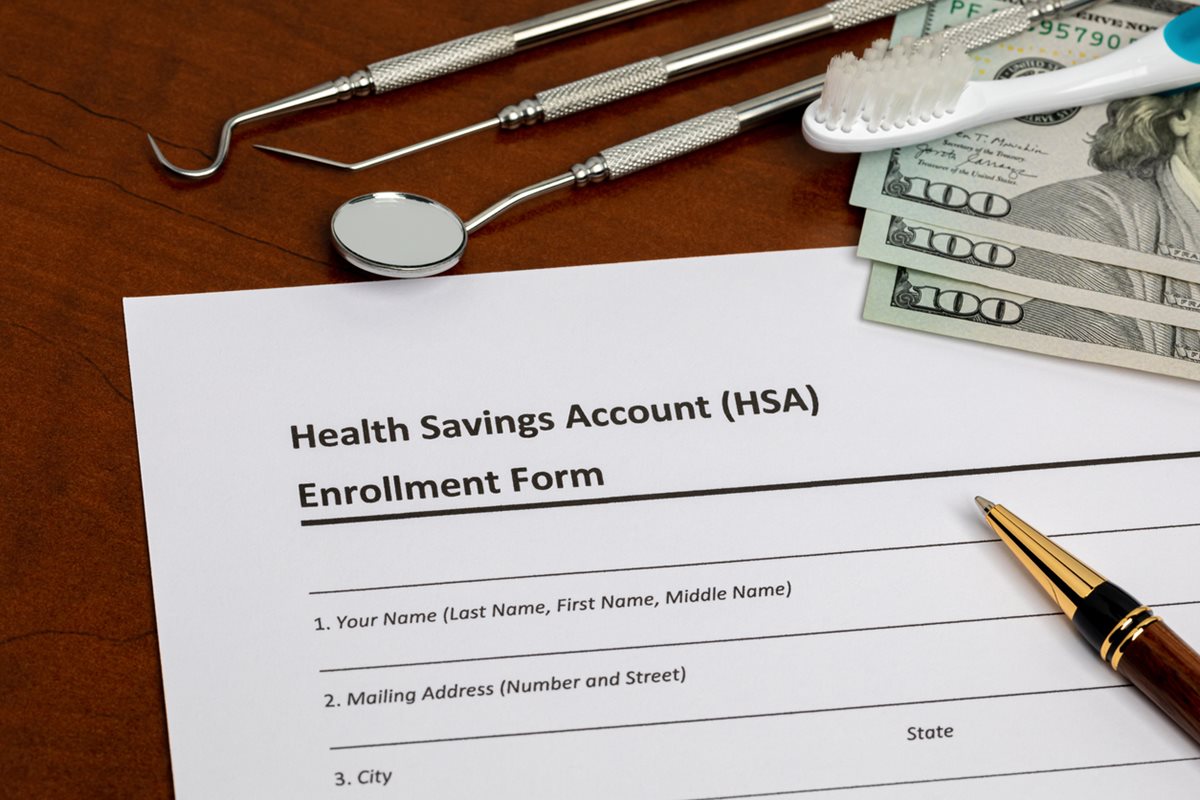Health Savings Accounts: Going Strong After 20+ Years

You may – or may not – know that Health Savings Accounts (HSAs) were first established more than 20 years ago. They were created as part of the Medicare Prescription Drug, Improvement, and Modernization Act signed into law by President George W. Bush in December 2003. HSAs were seen as a way to help those with a High Deductible Health Plan (HDHP) save money in a tax-advantaged account, so they are able to pay for care before their health coverage begins to cover eligible medical expenses.
According to HealthCare.gov, HSAs are a type of savings account often used to pay for deductibles, copay and coinsurance amounts, and other expenses – reducing employees’ out-of-pocket health care costs. HSAs generally cannot be used to pay premiums for health insurance.
Employees can only fund an HSA if they have an HSA-eligible HDHP. That includes an Affordable Care Act (ACA) qualified HDHP purchased through a federal or state Marketplace (like Covered California or Nevada Health Link). But it can also include an HSA-eligible plan purchased through a carrier, health plan, or private exchange (like Covered California).
An HSA may earn interest or other earnings that are not taxable. If someone wants to set up an HSA, it can be through a bank, credit union, other financial institution, or in connection with a health plan selection.
A Growing Market
Employee Benefit News (EBN) said in a February 2024 article that “HSAs are stronger than ever in 2024, 20 years after their creation.” EBN notes that in its mid-year 2023 report, investment firm Devenir found $116 billion in HSA assets in nearly 36 million accounts. That represented an increase of 17% in assets and 6% in accounts as compared to a year earlier. Kiplinger’s projections for 2025 are for assets to top $150 billion and accounts to exceed 38 million HSAs.
For comparison, 10 years ago there were 10.7 million HSAs with assets totaling $19.3 billion. Those amounts represented growth of 25% in assets and 30% in accounts, as compared to 2012.
Appealing to Employees and Employers
It’s understandable why HSAs are growing in the number of accounts as well as assets. They offer multiple tax advantages for employees when paying for individual and family health care-related costs. Contributions are 100% tax deductible up to the annual legal limit set by the Internal Revenue Service (IRS).If an employee makes HSA contributions, the employee’s taxable income is reduced. For HSAs inside a cafeteria plan, contributions also reduce Social Security and Medicare taxes (FICA) and federal unemployment taxes. If an employee switches jobs, his/her/their HSA moves with them. It belongs to the employee – not the employer.
If HSA contributions are made after tax, those contributions can still be deducted on state and federal income tax returns – reducing overall tax liability.
Another advantage for employees is HSA flexibility. Contrary to a Flexible Spending Account (FSA), there’s no “use or lose it” provision for HSAs. Employees can change their HSA contribution at any time during the year. No “qualifying event” is required, unlike most other work-related benefits.
Your clients’ employees can also use HSA funds for a health care emergency. Multiple studies have found a sizable percentage of Americans don’t have the funds needed in such a circumstance. Funds taken from an HSA for qualified medical expenses can fill the void – and they are tax free.
There are no required minimum distributions for HSAs. Individuals can use the funds to supplement their future post-65 retirement and withdraw it as needed for general expenses like housing, food, or travel. Funds used for qualifying health care-related expenses are tax-free distributions; however, other distributions are subject to tax just like other retirement plan distributions like an IRA or 401(k).
Employers do not have to contribute to employees’ HSAs; however, they are able to contribute if they choose. Kiplinger notes that it’s not unusual for employers to offer matching contributions or an incentive to encourage employees’ participation. It is important, though, that “comparable contributions” are made for all similar participants during the calendar year. Failing to do so could subject your clients to an excise tax that EBN says is “equal to 35% of the aggregate amount that the employer contributed to its employees’ HSAs for that year.” If your clients offer employee incentives, you’ll want to discuss ways to promote them to employees.
Contributions to employees’ HSAs are reported in Box 12 of federal W-2 forms and on state tax forms. Additional information can be found in IRS Publication 969, available online. Employer contributions are tax-deductible for the business as a business expense. They also reduce the employer’s payroll taxes.
2024 HSA contribution limits: In 2024, according to reporting by Kiplinger, the HSA contribution limit is $4,150 for single individuals and $8,300 for families. Both amounts are up more than seven percent from 2023. For persons ages 55 and older, an extra $1,000 “catch-up” contribution is permitted. If a participant exceeds these contribution limits, a 6% excise tax penalty applies.
Most Recent Articles
Technology
Carrier Updates

